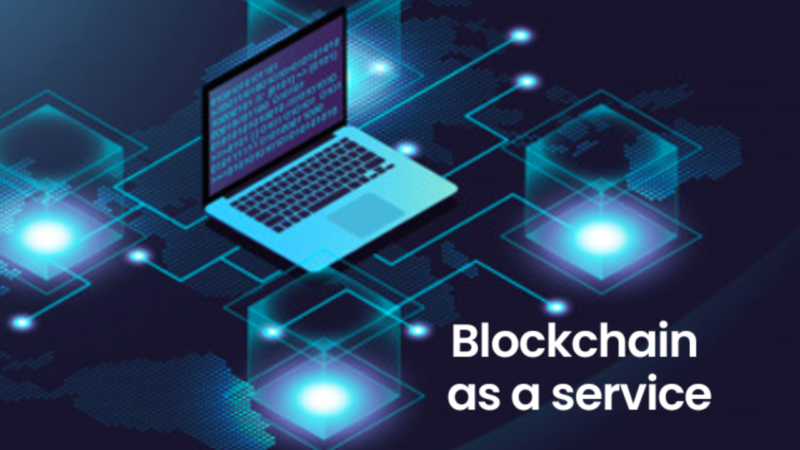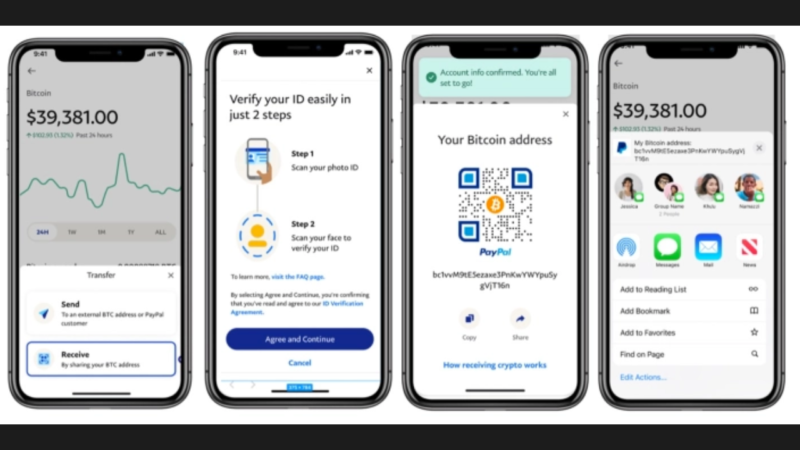How to Analyze DeFi Projects

DeFi is a new blockchain protocol, and due to the decentralization of the system, it promises financial freedom that the centralized financial system could not offer.
The DeFi project attracts investors because of its permission-less and trustless system, but hackers have, in turn, taken advantage of this opportunity by launching different scam projects to defraud investors of their money. How can this menace be solved?
I know you are a bit lost at the moment, so let’s get down to the basics.
An Overview of DeFi
To understand DeFi analysis better, it’s important to have a clear understanding of what DeFi means.
Today, most of our financial services like insurance, saving plans, borrowing, lending, money exchange, etc., are all done through our centralized financial (CeFi) systems, for example, our local banks. As we all know, these financial systems are being controlled by our governments and are liable to unauthorized access, government policies, and delayed processes.
But what if there was a decentralized system?
That’s where DeFi (decentralized finance) comes into play. Just as the name implies, it envelops the different financial services that take place in the blockchain industry, services like the exchange of crypto assets, lending, borrowing, investing, etc.
One thing that sets DeFi apart from CeFi centralized finance is that it is not controlled by anyone, not even the government. DeFi is made to create a permissionless and trustless financial market.
Since the introduction of DeFi, the number of scam projects has been enormous, and lots of investors have fallen victim to scams and lost a huge amount of profit. One needs to make adequate analysis and research of the DeFi project before investing. In fact, when it comes to DeFi analysis, it’s the more you know about the project, the less likely you are to be scammed.
In this article, you’ll learn how to analyze a DeFi project, the red flags in a project, and when to run away.
Brace your seat as we dive into an adventure on DeFi.
How to Analyze the DeFi Project
1. Research the project
For a proper analysis, you need to identify the project whose use case resonates with yours.
Look out for the Team:
Who are the founders of the project? Is there a picture attached to their names because if truly they want to build a good reputation they would attach a picture to their name? Do they exist on LinkedIn? You need to look at their history, their advisers, and how transparent they are. Are they answering questions in the group or just leaving the group blunt?
Some people can fake a LinkedIn account just to be seen as an authority, so do not be deceived. If you notice anything odd about the founders, then that’s a red flag.
Whitepaper:
Through the white paper, you should be able to tell the goals, vision, technology, and mission of the protocol, tokenomics, security measures, and policies. The white paper can also serve as a guide to other projects.
Through the white paper, you can analyze the roadmap of the protocol, where it is, and where it is heading, and this will tell if the future is promising and if their value proportion aligns with yours.
2. Technical aspect
Accessing the security of the smart contract: Smart contracts are a self-executing piece of code that runs on the blockchain platform. They are used to automate DeFi policies, but most times there might be errors in the contract that may make the project vulnerable to hacker attacks.
it’s important to check if the contract has been audited by a secure company like Certik, verified by a third party, or open-sourced for public review. If it has, then it’s likely to be error-free and scams. Also, check for signs of good code quality, which are documentation, code comments, and test coverage.
Evaluating the blockchain technology used and its reliability:
Blockchain technology helps in promoting the decentralization of the DeFi project. Without the blockchain, there won’t be a permissionless and trustless DeFi project.
This is one of the important parts of analyzing a DeFi project, check for the blockchain technology on which it was built. Ethereum is the most-used technology for DeFi projects because of its effectiveness and viability. Other blockchain technologies are great as well, but investors should pay clear attention to the advantages and disadvantages of the blockchain for proper decision-making.
Reviewing the project’s GitHub repository for transparency and development activity:
GitHub is the biggest online community for coders, it is a software development platform for people to share code and contribute to different code projects as well as share their projects for public review and assessment.
Look out for the DeFi project on GitHub and check out its engagement and development so far. If it has poor engagement or cannot be found on GitHub, then that’s a red flag.
3. Tokenomics and Governance:
Tokenomics Analysis;
Investigate the project’s token economy. Focus on the distribution model, especially the shares held by founders. Poor distribution, particularly if founders retain significant control, is a red flag. Assess how token distribution impacts market capitalization, decentralization, and governance.
Governance Assessment:
Evaluate governance mechanisms, considering decision-making, protocol upgrades, fund management, and dispute resolution. Poorly designed governance can lead to centralization and vulnerability.
Community and Social Presence:
Examine the project’s community engagement on social media platforms. Scrutinize their website for a proper project description and launch details. Check their presence on Twitter, Facebook, Discord, etc. Assess follower count, posting frequency, and comments. Be wary of potential fake comments by investigating commenter profiles.
4. Look out for these important metrics:
TVL (total value locked):
This is a summation of the total amount of funds locked in the protocol. This will tell if the protocol has more investors or if they are just starting.
For example, Uniswap Protocol is a decentralized cryptocurrency exchange with more than 30 million active users. The total value locked (TVL) of DeFi is about 48.65 billion USD. This surge in interest and investment highlights the sector’s potential to revolutionize traditional financial systems and democratize access to financial services.
Market cap (Market capitalization):
This is another major part of DeFi projects. It comprises the current price of a token multiplied by the total amount of the token in circulation.
Market cap helps you assess the overall token of the DeFi protocol and its circulation and prominence. If the market cap is not prominent enough to attract investors, then that’s a red flag.
Inflation rate:
This is the duration it takes for new tokens to be created in the DeFi protocol. Just like Bitcoin, the DeFi protocol should maintain a low inflation rate, to promote scarcity and incentivization. If it does otherwise, then that is a red flag.
24hrs volume:
This is the rate of trade that occurs in a day. If the 24hrs volume is high, this shows that the DeFi protocol has an active trading rate and better liquidity suggesting a huge marketing interest and a functional ecosystem.
Conclusion:
As I said earlier, in analyzing DeFi protocol, it is the more you know, the less the possibility of you being scammed, so it’s important to trade with caution.
Once you identify a DeFi project that resonates with you, look out for the team members and do thorough research on their social media background. Make sure their smart contract for that project has been verified by a strong firm. What blockchain technology is being used in the defined protocol, and how effective it is? I’d advise you to stick with projects with Ethereum technology as it has been proven more reliable. Don’t forget to check out their activities on GitHub, and check out for the token circulation and the decision-makers in the protocol.
Hidden in the online community of these DeFi platforms is the truth. Do proper research, and watch out for the TVL, market cap, inflation rate, and 24-hour volume.
Above all, the importance of due diligence (risk management) before investing or participating in DeFi projects can never be overemphasized. Trade with caution.






